When it comes to wine, there are endless options to choose from. But in recent years, two contenders have risen above the rest and captured the hearts (and taste buds) of wine enthusiasts: Moscato and Rosé. These delightful wines may both be pink in color, but their flavors and characteristics couldn’t be more different. From sweet and bubbly Moscato to refreshing and dry Rosé, each varietal brings its own unique appeal to the table.
So whether you’re a fan of fruity sweetness or prefer a crisp, balanced palate, join us as we delve into the world of Moscato versus Rosé wine – exploring their origins, production methods, flavor profiles, and food pairings – to help you make an informed decision next time you’re faced with this delightful dilemma at your local wine shop or restaurant.

Similarities of Moscato vs Rose Wine
Moscato and rosé wines may seem like an unlikely pair, but upon closer examination, they share several similarities that make them ideal choices for various occasions. Both wines are known for their light and refreshing qualities, making them perfect for warm weather sipping or as an aperitif. Moscato offers a crisp sweetness that is often described as tasting like ripe peaches or honeydew melon, while rosé provides a delicate balance between fruity notes and a hint of acidity.

Another similarity between these two wines lies in their versatility when it comes to food pairing. Many people associate Moscato with dessert due to its sweetness, but it can also be paired with spicy Asian dishes or tangy cheeses. Likewise, rosé’s acidity allows it to complement a wide range of foods such as grilled seafood, salads, or even spicy Mexican cuisine. In addition to their food-friendly nature, both wines lend themselves well to social gatherings and celebrations thanks to their vibrant hues – Moscato being golden yellow and rosé displaying shades ranging from pale pink to deep salmon.
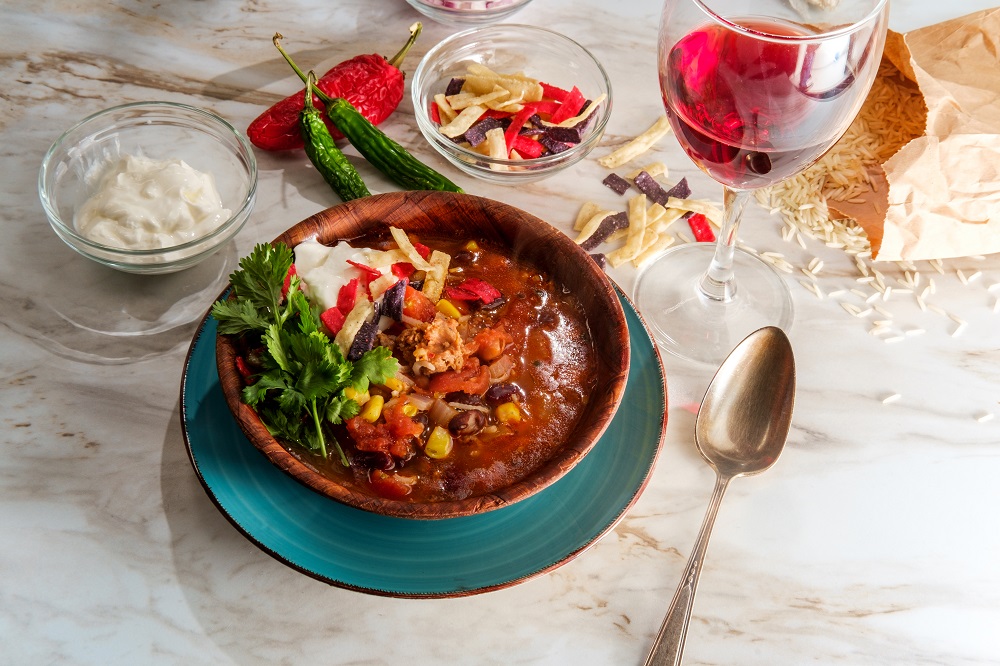
Overall, whether you prefer the fruity sweetness of Moscato or the subtle complexity of rosé wine, there is no denying the shared characteristics that allow these two varietals to stand out from the crowd.
Differences of Moscato vs Rose Wine
Moscato and Rose wines are both popular choices for wine enthusiasts, but they differ in several ways. Moscato is known for its incredibly sweet taste, often described as fruit-driven and floral. Its distinctive flavors of peach, apricot, and orange blossom make it a delightful choice for those who prefer sweeter wines. On the other hand, Rose wine offers a more balanced flavor profile with notes of strawberry, raspberry, and watermelon. It is typically characterized by its refreshing acidity, which provides a crispness that complements a wide range of cuisines.
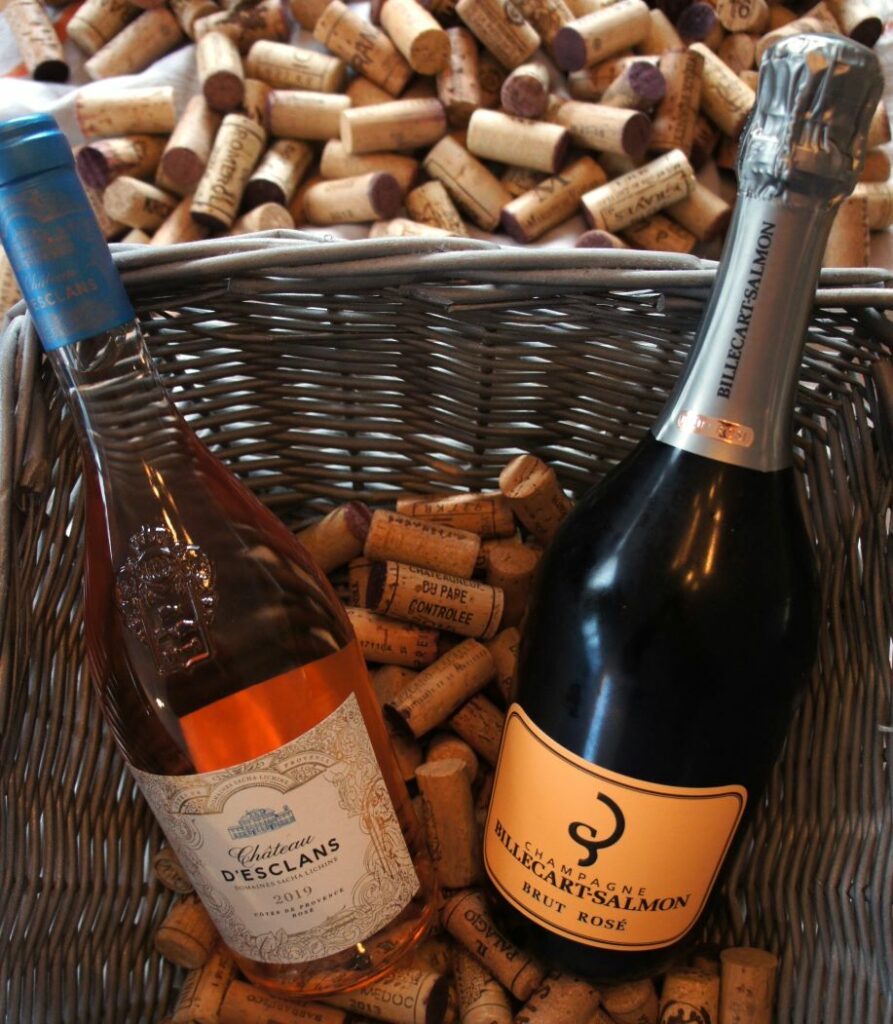
In terms of pairings, the differences between Moscato and Rose become even more apparent. Moscato’s intense sweetness makes it an ideal companion to desserts such as fruit tarts or crème brûlée. Its vibrant flavors also make it a great choice for spicy foods like Thai curry or Indian biryani as the sweetness can help offset the heat. On the contrary, Rose’s versatility enables it to pair well with various dishes – from light salads to grilled seafood or lean poultry. Its acidity cuts through rich dishes like creamy pastas or risottos while still allowing the flavors to shine.

Ultimately, your choice between Moscato and Rose will depend on your palate preferences and food pairing needs. If you have a sweet tooth or enjoy indulging in dessert wines, Moscato might be your go-to option.
How many calories in Moscato vs Rose Wine
When it comes to counting calories, many wine lovers often wonder how different types of wines compare. In terms of calories, Moscato and Rosé wines have important distinctions that can impact your overall health goals. Moscato is a sweet white wine known for its aromatic flavors and low alcohol content. With an average serving size of 5 ounces, it typically contains around 120 calories. On the other hand, Rosé wine, with its beautiful pink hue and drier taste profile, tends to be slightly lower in calories. A standard serving of Rosé also measures at 5 ounces and usually contains about 100-110 calories.
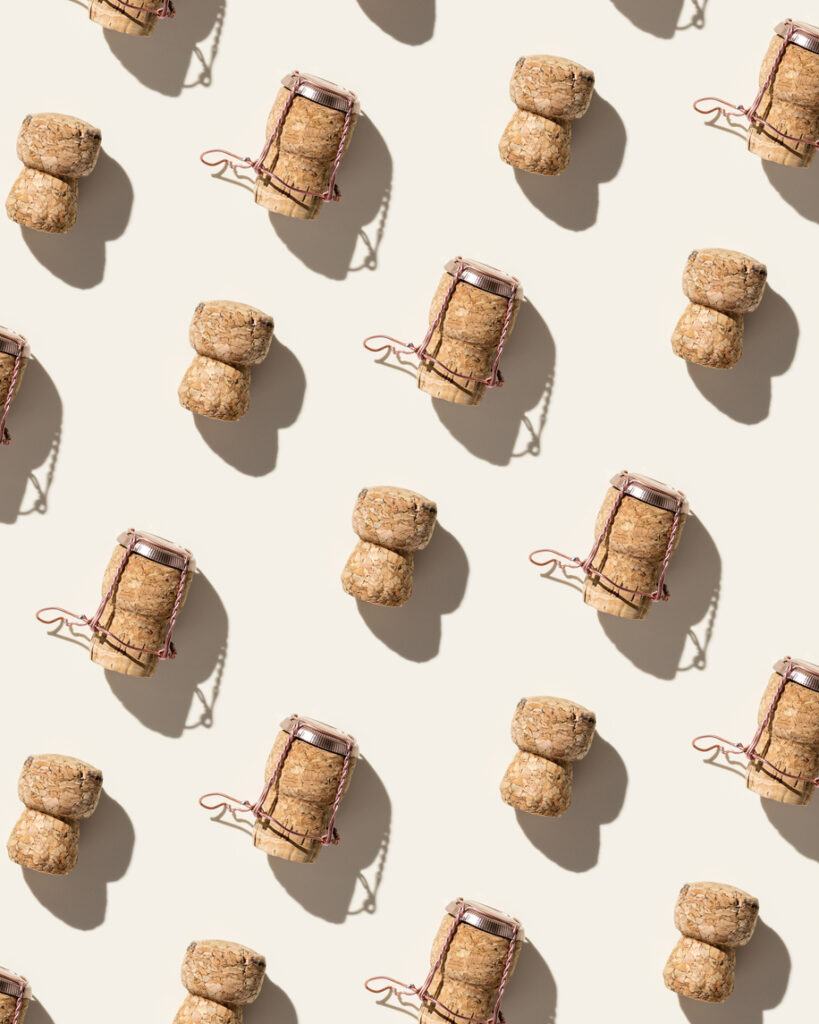
Interestingly, it’s not just the type of wine that influences calorie content but also factors like residual sugar levels and alcohol content. For instance, some popular brands produce sweeter Rosés that contain higher amounts of sugar than others. These variations can result in a slight increase in calorie count compared to drier Rosés. Furthermore, higher alcohol content generally contributes more calories to a glass of wine since alcohol itself carries seven calories per gram (compared to carbs or protein which carry four). So if you’re looking for a lower-calorie option without compromising on flavor, opting for a drier Rosé with lower sugar levels might be your best bet.
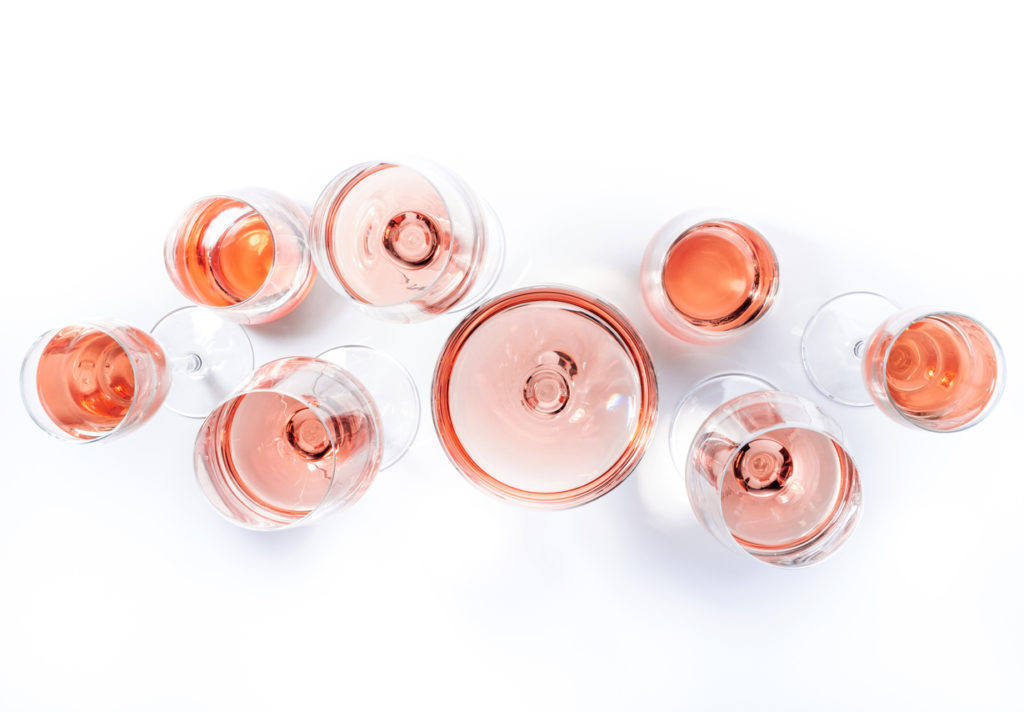
Which is sweeter Moscato vs Rose Wine
When it comes to sweetness, Moscato and Rosé wines are often associated with a touch of indulgence and charm. Moscato is known for its delightful, fruity notes and its distinct sweetness that tends to sit on the higher end of the spectrum. Its lush flavor profile boasts flavors like peach, apricot, and orange blossom, which make it an ideal choice for those seeking a sweet wine experience.
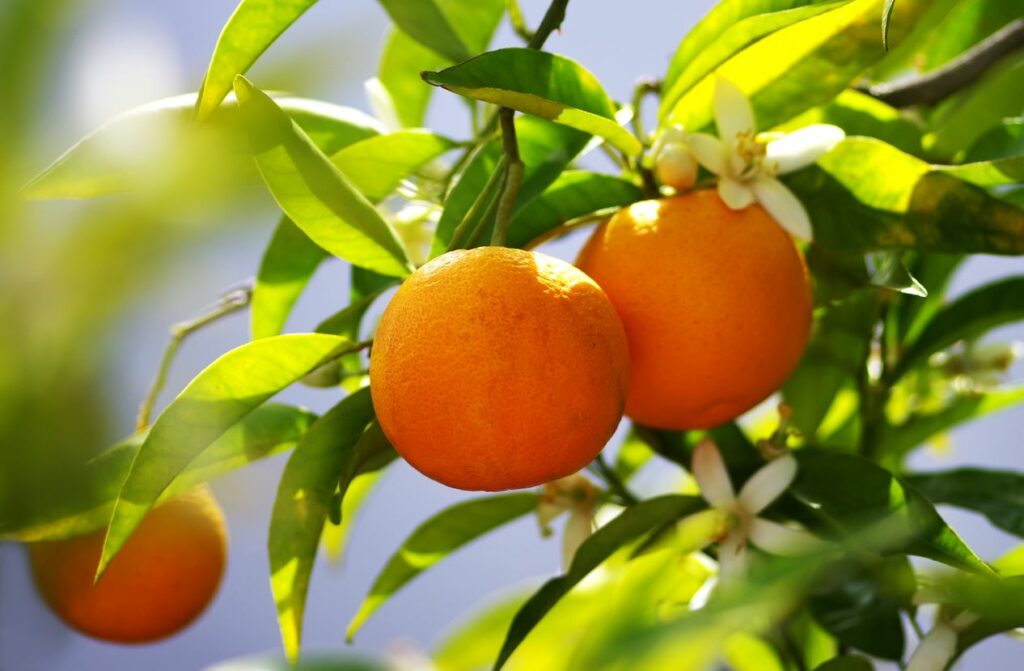
On the other hand, Rosé wines offer a more balanced approach to sweetness — they typically have just a hint of sweetness that compliments their refreshing acidity. This balance creates a versatile wine that can be enjoyed both on its own or paired with various dishes.
While Moscato may boast an intensely sweet profile, some argue that Rosé wines offer a more sophisticated level of complexity in terms of taste. Moscato’s prominent sweet flavor may overpower certain palates or limit pairing options with savory dishes.
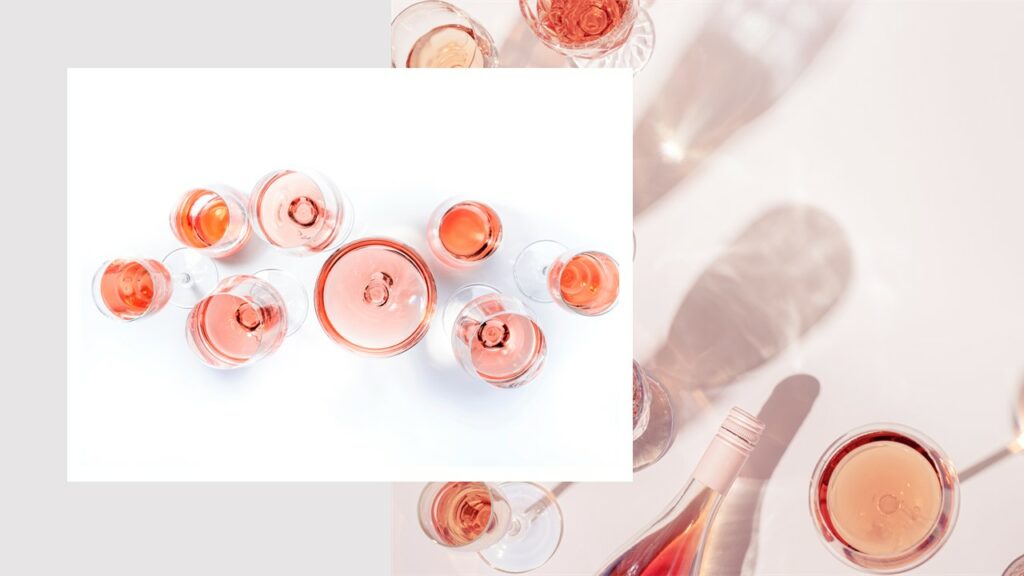
On the contrary, Rosé wines possess a wider range of dryness levels and flavor profiles depending on their varietal and region of origin. This variety allows for greater flexibility when choosing food pairings or simply enjoying the wine by itself.
Alcohol content of Moscato vs Rose Wine
Moscato and Rosé wine are two popular choices among wine enthusiasts, offering a delightful taste and aroma. However, one notable difference lies in their alcohol content. While both wines fall within the low to moderate range of alcohol levels, Moscato typically has a lower alcohol content than Rosé. Moscato generally ranges from 5.5% to 7% ABV (alcohol by volume), making it refreshingly light and perfect for those who prefer a gentle buzz or have a lower tolerance for alcohol.
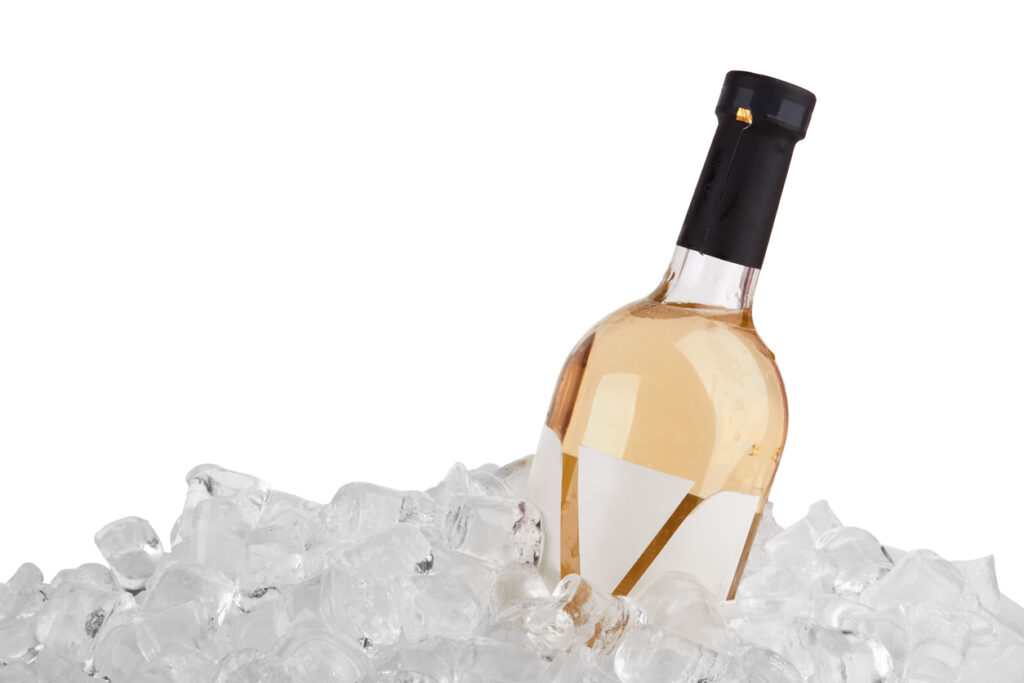
On the other hand, Rosé wine typically contains slightly higher levels of alcohol, with an ABV ranging from about 11% to 14%. This difference can be attributed to the grape variety used in making each wine. Moscato is made from Muscat grapes, which have a naturally lower sugar content that ferments into less alcohol during the winemaking process. In contrast, Rosé wines usually utilize red grape varieties such as Grenache or Syrah, which contain more natural sugars that ferment into higher alcohol levels.
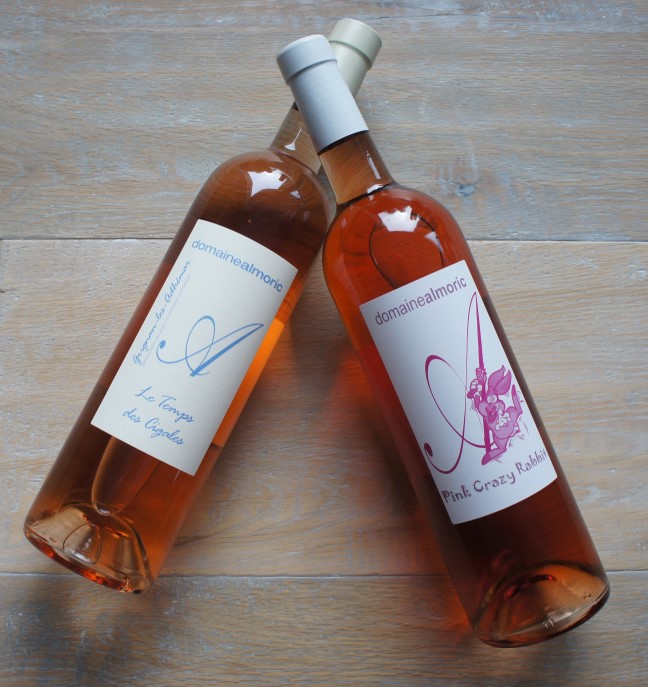
Conclusion
In conclusion, both Moscato and Rosé wine offer unique flavors and characteristics that appeal to different palates. Moscato is known for its sweet, fruity profile, while Rosé offers a refreshing and versatile option. Ultimately, the choice between the two comes down to personal preference and the occasion. Whether you’re enjoying a summer picnic or celebrating a special occasion, both Moscato and Rosé wines provide delightful options that can enhance any gathering. So next time you’re looking for a bottle of wine, consider trying both Moscato and Rosé to experience the range of flavors and find your favorite. Cheers!

